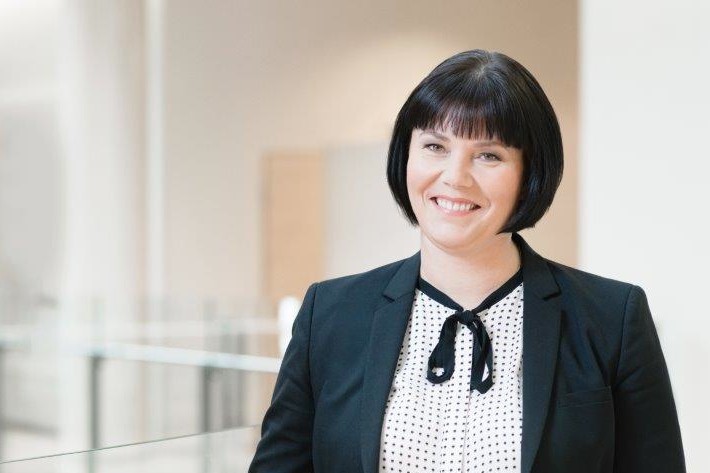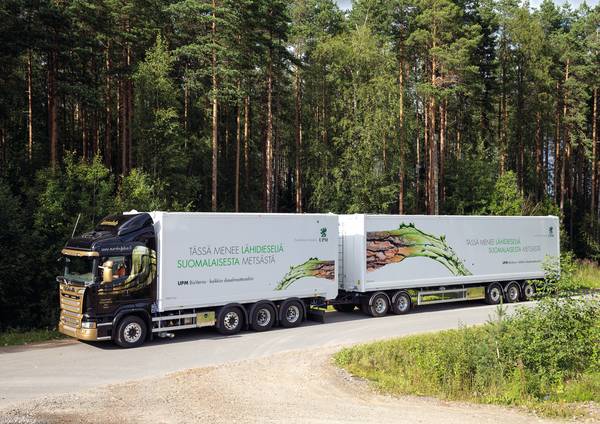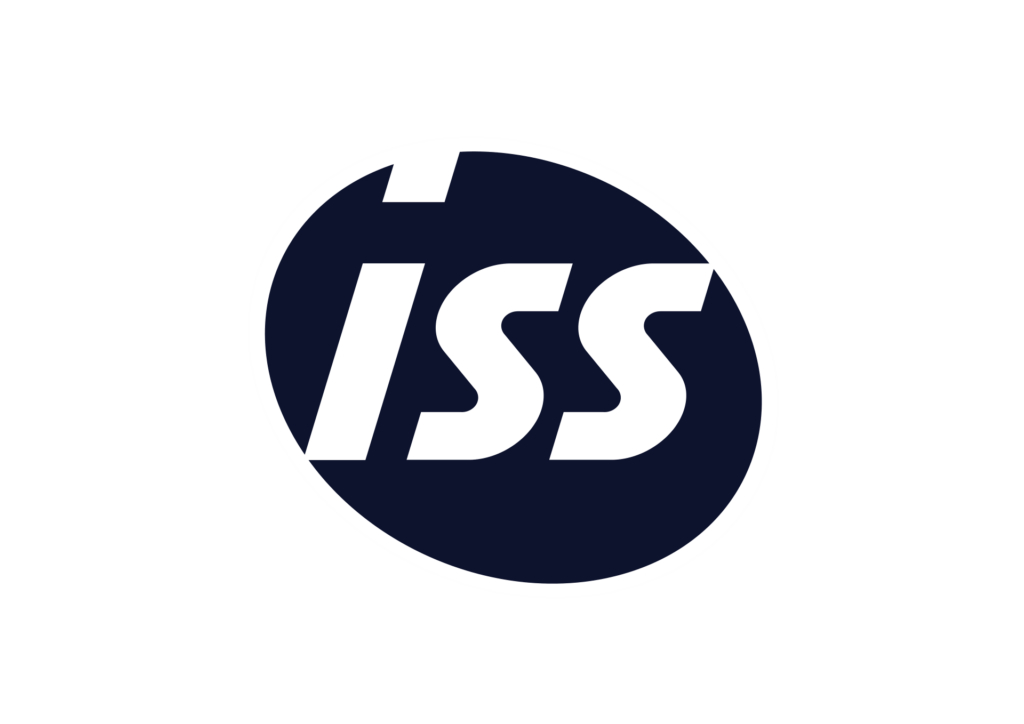As a front runner in the forestry industry, UPM provides renewable solutions for various end uses from its 6 business areas. A seeker and investor in sustainable growth, and innovator for a future beyond fossils, UPM’s ethos is built around responsibility. Nina Kivioja UPM’s VP Sourcing, Indirect Materials & Services discusses how sourcing & procurement has been transforming, how it embodies the ethics and ambitions of the business, and why becoming the customer of choice is important to the organisation’s ambitions.
Hi Nina, UPM is a significant business in size and scale and also diverse in respect of business units. What does Indirect Material & Services cover within UPM and how is your role (function) structured?
Indirect Category Sourcing supports globally all our businesses with a group wide platform, having a responsibility for strategic sourcing across indirect materials and services, capex, major maintenance, outsourcing spend & supplier innovations. We aim to leverage and identify synergies across business units and geographies, with a mission to improve UPM business performance through excellence in spend management.

In our sourcing and procurement community we have a systematic roadmap and steps to increase and protect UPM’s values. We work as a “one team” according to our renewed Source-to-Pay taxonomy: category sourcing, tactical sourcing, procurement, and invoice to pay teams, supported by source to pay development. We have a matrix organisation including our regional BA specific sourcing and procurement teams as well as sourcing operations teams in the business hubs.
Click Below: view the magazine version of this content
What complexity does the geographic footprint and also diverse nature of the business units create for procurement?
UPM has a diverse business portfolio under strong rotation towards bioeconomy driven business with sustainability as a central unifying theme. The positioning of the sourcing function needs to match each business to drive the right value agenda. Our businesses are facing different markets in terms of customer expectations, trends, business logic, and growth outlook.
Within the indirect supply market there are hundreds of service and product groups, all of which require deep knowledge to source effectively. It is a fragmented landscape with tens of thousands of suppliers and thousands of stakeholders (internal and external).
Sourcing contributes bottom line savings and adds to top line by acting as a commercial function, extracting value from the suppliers, and pursuing business opportunities, with good knowledge of the business, the suppliers’ capabilities, and the markets.
In recent years, UPM has also faced a highly turbulent operating environment with for example, the pressures of covid, geopolitical crises, regulatory changes, and economic volatility. While tremendously supporting UPM to weather the storms, sourcing and procurement has also driven an ambitious development agenda anchored in our recently created source-to-pay vision and process, indirect sourcing being a pilot and frontrunner in many areas.
The ongoing push into new markets and deeper dive into existing areas has seen procurements stock rise. The business has long since realised the value of procurement and so three years ago UPM embarked on its sourcing transformation. What does this transformation journey look like and what was the catalyst for this move?
We clearly think that sourcing can provide strategic value when it expands beyond traditional boundaries. We want to enable world class efficiency in source to pay processes and ensure full supplier base value for UPM businesses. Develop digital solutions supporting source to pay process activities end-to end and enabling full transparency in the supplier base.
We want to unlock the potential of automation, industrialisation of reputable sourcing and procurement tasks, and strengthen capabilities for category sourcing to focus BA’s / SBU’s strategies and profitability.
Three years ago, UPM sourcing and finance changed operating model and updated source to pay processes for strategic sourcing, tactical sourcing, and procurement. Service centres for tactical and operational activities were set up in Wroclaw and China.
Process efficiencies and quality were approached through a digital platform renewal, target to have a simple, automated, and error-free source to pay process. Digital solutions (main ones SAP Ariba, Basware, SAP S/4) are being rolled out and related development actions ongoing to support our vision.
Within indirect sourcing the focus was first to renew and implement our STP processes and business rules. Increase compliance by implementing operative procurement platform and ramp up procurement organisation. Category focus gradually shifting more on the development of the strategic category plans and setting targets, identifying applicable opportunities and relevant value levers. New spend areas have been taken under management. By gathering relevant MI from the new markets and building a risk screened supplier base we are supporting the UPM ‘growth and beyond fossils’ strategy.
Transformation will continue, there needs to be a continuous evaluation and development of our operating model to assure quality and user experience. We need to develop our competencies & gain new skills, understand what is needed in the future. This year’s target setting includes headlines like, next level supplier management, partnerships, collaboration, and co-creation, being a customer of choice, digital trade.
UPM puts sustainability at the forefront, it is ingrained, and the business has been recognised for many years as true investor and innovator in sustainable practices. For many businesses going through a sourcing transformation it would also incorporate a full overview of its sustainability actions. Given the maturity of sustainable practices at UPM what is procurement doing to drive the agenda further?
UPM’s Biofore strategy drives our transformation as a bioeconomy frontrunner. UPM seeks sustainable growth by enabling our customers and consumers to make more sustainable choices. High performance, innovations, and world-leading responsibility are the cornerstones. We create a future beyond fossils. EcoVadis recognised UPM on a platinum level based on its sustainability performance.
Impact on our own operations: Our ambition guides us to improve our own operations continuously. It shows in how we manage forests, treat people, innovate products, and reduce emissions.
Impact on our value chain: Our positive impact is larger when we work together with our suppliers and partners. This means collaborating to produce more with less.
Impact on society and the planet: Together with our suppliers and partners, we build a future beyond fossils.
Since 2018 topics like innovating climate positive products with our partners and collaborating with value chain to reduce emissions have been on the sourcing and procurement agenda.
In February 2022 we received a supplier engagement leader position in CDP’s Supplier Engagement Rating. The rating shows how effectively companies are engaging their suppliers on climate change. Only the top 8% of companies who disclosed to the full climate questionnaire received this recognition.
As an example, we have launched a -30by30 program which focuses on emissions reductions in the three most significant sources in our value chain. We want to make climate a key factor in our product development and procurement decisions. We strive for even closer collaboration with our value network and want to engage our suppliers and partners.
In sourcing and procurement, we can embrace our unique position to orchestrate internal and external networks. We enable UPM’s vision, building a sustainable future. We want to embed sustainability in everything we do.
Content Sponsors – click a logo to learn more

Staying with the innovation theme. To drive sustainability, create value, agility, and resilience, supplier innovation and collaboration is key. How are you addressing this with your suppliers?
UPM Value Chain – roots on forest biomass
Leading suppliers and innovation are one of our key themes for 2023. We want to boost understanding that this is not just a “cost saving” program and we want to cover aspects of availability, efficiency, quality, sustainability, risk management, geopolitical/economical volatility and innovation with suppliers and businesses.
We have many innovation projects at different stages of completion. Best practices need smart adoption: one size does not fit all, ‘Customer of choice’ is the focus. It is important to share experiences between different teams and BAs.
External insights and successful tactics will enrich UPM’s Innovation journey by; growing the innovation network beyond the organisation, create a learning culture to increase comfort with change, identifying strengths to build on and weaknesses that slow down the progress, building a supportive innovation network within UPM and developing competences of the future, introducing modular approach in framework implementation to ensure scalable processes and agility.
Whilst many aspects of your supplier base can be described as mature, for a business that is keen to stay on the front foot and also explore new sectors there is a big opportunity for new vendors (large, SME, niche) to partner with UPM. How exciting is this as a procurement professional and what opportunities would you say exist for any potential new vendors?
We want to be a reliable, future-oriented business partner with high expectations and clear requirements for our suppliers. Globally, we have roughly 20,000 b2b material and service suppliers and we collaborate with a diverse group of partners: customers, inventors, universities, start-ups, research institutes, manufacturers and technology suppliers
Next level Supplier Relationship Management: becoming customer of choice “re-defined” is exciting for any sourcing professional. We have an objective: secure the most innovative ideas for the business. Gain access to game-changing ideas, strengthen supplier relationships by close, mutually beneficial innovative collaboration, align strategic plans to create opportunities to deliver further innovations, turn ideas into business value.
Category managers need the right skills and capabilities to deliver this. You need a clear distinction about the types of innovation they go after. We need to have an open communication with suppliers and treat them as an extension of the business offering new exciting opportunities.
Given what we have discussed, what would you point to as your personal aims and aspirations for procurement over the next 18-24 months?
Changes in business environment are setting increasing challenges for inbound supply, impacting value chains and in turn sets new expectations for sourcing. Mastering the business environment more cleverly and executing better than the competition is the key success factor for business profit.
The vision for the 2025+ is for sourcing to become more forward looking contributing to business profit, support innovation and growth beyond fossils, become proactive and collaborative in supplier management, and automate procurement operations. We want to place UPM as the customer of choice position in the strategic supplier base.
In the era of the digital revolution, sourcing will also have to prepare for the future. Data and analytics are one of the main levers that will allow sourcing to develop its strategic vision. To master this new environment, the purchasing department will have to acquire new skills. A combination of technical knowledge and soft skills will become the main strength of the sourcing professional of tomorrow, along with agility and resilience.



